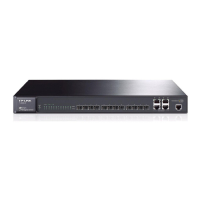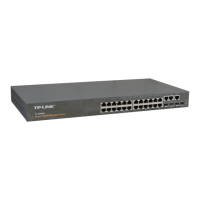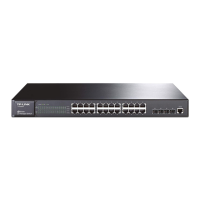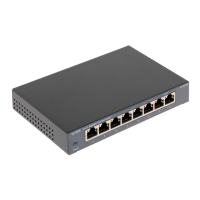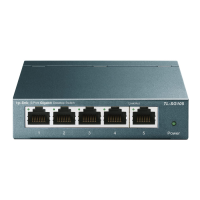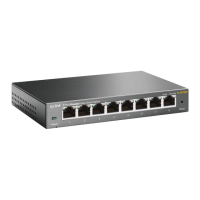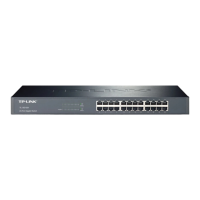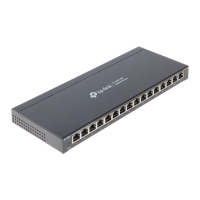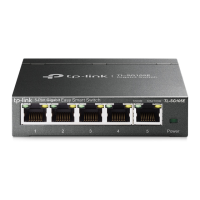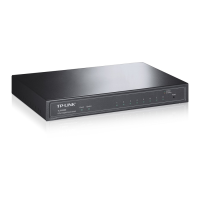2
Enable the NTDP function
globally and for the port,
and then configure NTDP
parameters
Optional. On Cluster→NTDP→NTDP Config page, enable
the NTDP function on the switch.
3 Establish a cluster and
configure the related
parameters
Optional. On Cluster→Cluster→Cluster Config page,
establish a cluster and configure the related parameters.
4 Manage the device in the
cluster
Optional. On Cluster→Cluster→Member Config page,
select the desired member switches and click the Manage
button to log on to its Web management page for
configuration.
Or
On Cluster→Cluster→Collect Topology page,
double-click the icon of the switch to view its detailed
information; click the icon, and then click the Manage
button to log on to its Web management page for
configuration.
If the switch is a member switch in the cluster, please take the following steps.
Step Operation Description
1 Enable the NDP function
globally and for the port,
and then configure NDP
parameters
Optional. On Cluster→NDP→NDP Config page, enable the
NDP function on the switch.
2 Enable the NTDP function
globally and for the port,
and then configure NTDP
parameters
Optional. On Cluster→NTDP→NTDP Config page, enable
the NTDP function on the switch.
3 Manually collect NTDP
information
Optional. On Cluster→NTDP→Device Table page, click the
Collect Topology button to manually collect NTDP
information.
Or
On Cluster→Cluster→Cluster Topology page, click the
Collect Topology button to manually collect NTDP
information.
4 View the detailed
information of other
switches in the cluster.
Optional. On Cluster→Cluster→Cluster Topology page,
double-click the icon of the switch to view its detailed
information.
14.4 Application Example for Cluster Function
Network Requirements
Three switches form cluster, one commander switch and two member switches. The administrator
manages all the switches in the cluster via the commander switch.
Port 1 of the commander switch is connecting to the external network, port 2 is connecting to
member switch 1 and port 3 is connecting to member switch 2.
215
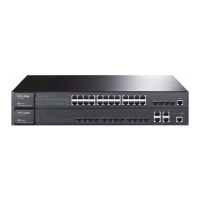
